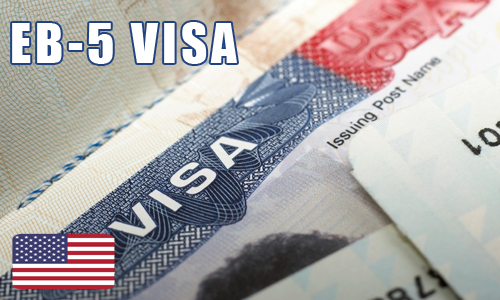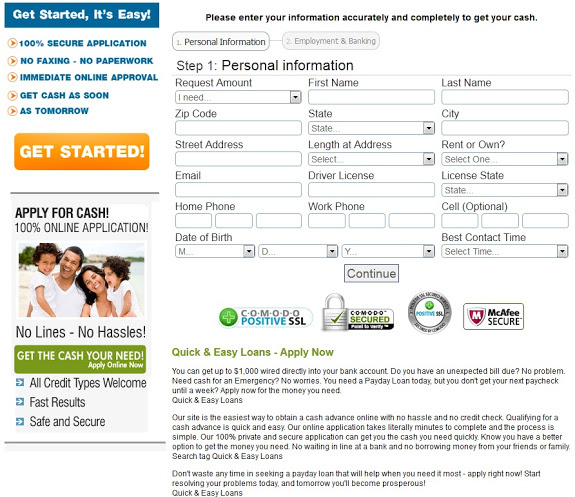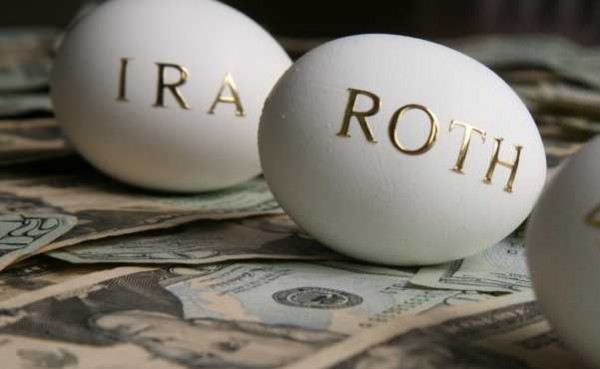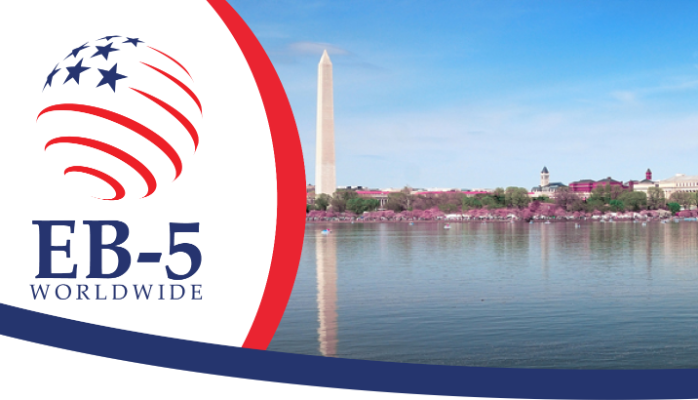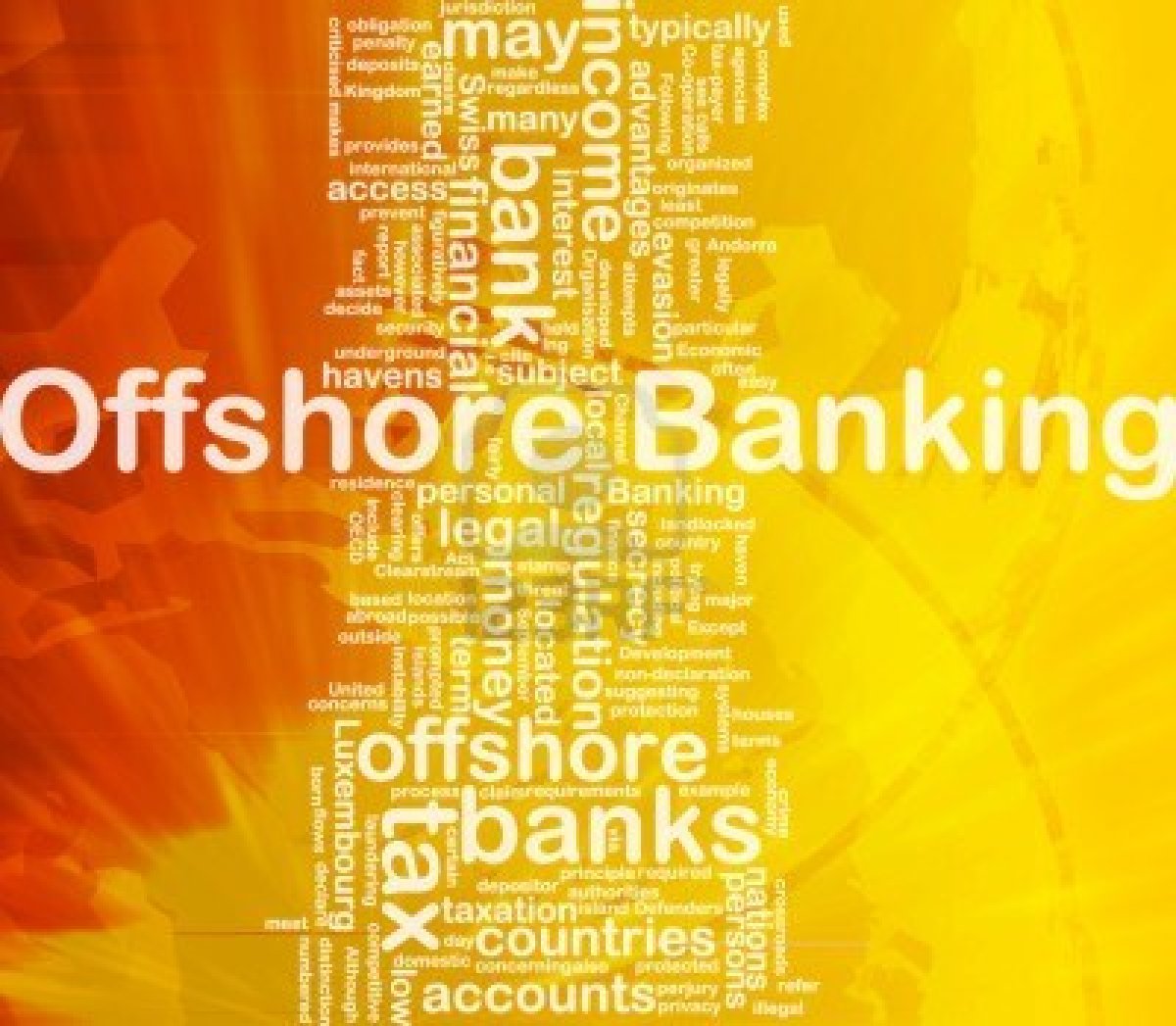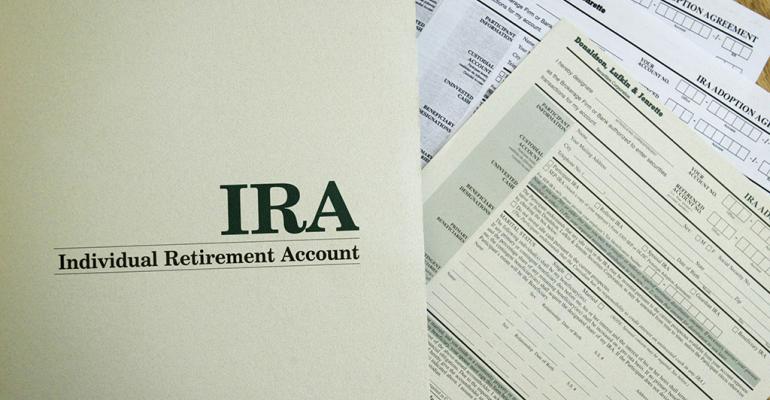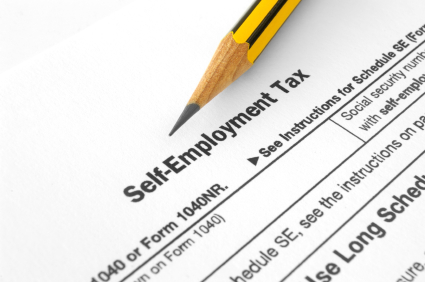Maximum Asset Protection for a Defined Benefit Plan
Defined benefit plans are excellent tools to put a lot of pre-tax money away quickly. Because of they don’t have the same contribution limits as IRAs, they allow the business owner to build up savings and reduce taxes efficiently.
Because defined benefit plans build cash quickly, they’re big time targets of lawyers and civil creditors. In this article I’ll show you how to provide maximum asset protection for a defined benefit plan.
The best asset protection for a defined benefit plan is to move it offshore and inside a “trust like” structure. Get it out of the reach of creditors and judges by moving it out of the US and behind the walls of an advanced asset protection structure.
The first step in moving a defined benefit plan is to figure out if it’s eligible to go offshore. In most cases, a plan from a previous employer with a cash value can be protected. If it’s a defined benefit plan from your current employer, and the plan documents allow for a conversion or to be invested abroad, then it too can be placed inside an international asset protection structure.
Sometimes DB plans are in subsidiary companies, or can otherwise be separated from the main business. If this sub can be closed down, the plan might then vest and be eligible to go offshore.
The way you get a defined benefit plan offshore is to convert it into an IRA (either a ROTH or traditional). Then you place that into an offshore IRA LLC. I’ll explain how to do this below. First, you need to find out if your plan can be converted into an IRA.
The bottom line is that you’ll need to ask your plan administrator if your DB plan can be converted into an IRA. They might not know how to take it offshore, but, if they can advise you how to convert it into an IRA, that’s all you need from them.
Assuming you get a positive answer, you need to ask your administrator to convert the defined benefit plan into an IRA.
- If your administrator says it’s impossible to convert to an IRA, and he’s making money managing your investments, you might seek out a second opinion. I’ve seen many cases where DB plan administrators put their financial well being ahead of their clients.
Once the cash is an IRA, you can move that account or accounts from your current custodian to one that allows for foreign structures and investments. Not all IRA custodians allow for offshore LLCs and international investments. This is a very specialized area.
Now you can finally get the defined benefit plan offshore. We setup an offshore IRA LLC, open an international bank account, and the custodian transfers the money into this structure. As the manager of the LLC, you will have checkbook control of the account. You’ll make all transfers and be responsible for all investment decisions.
All of the above gets you basic offshore asset protection of your defined benefit plan. If you want maximum protection, we can customize your LLC with features you would normally find in an offshore asset protection trust.
You can’t put an IRA or defined benefit plan into a trust, but we can create an LLC that acts like a trust.
The way we do this is by forming the IRA LLC in the Cook Islands, the top offshore asset protection trust jurisdiction. We then build an LLC operating agreement molded after a Cook Islands asset protection trust.
For example, an offshore trust uses an independent trustee, a protector, and has clauses that make it impossible for the trustee to make payments to creditors. Even if one gets a judgement against you in the United States, there’s no way for them to collect on it in the Cook Islands.
To copy these protection elements, we install an independent LLC manager in the Cook Islands LLC. We also set up a protector who takes over should you (the beneficial owner, similar to a settlor) comes under duress.
To support these professional advisors, the LLC operating agreement includes terms that prohibit the manager from transferring money to the custodian or owner if they’re under duress. The agreement basically creates the defense of impossibility in the Cook Islands to protect the assets of the LLC.
I should point out here that setting up this maximum asset protection structure for a defined benefit plan means that you must also follow the same rules that apply to international trusts. For example, rules around fraudulent conveyance.
In its most basic form, a fraudulent conveyance is when you send money out of the United States to keep it away from a current or reasonably anticipated creditor. If you injure someone today and fund an offshore trust or IRA LLC tomorrow, you’ve probably fraudulently conveyed money into the structure.
Thus, your defined benefit plan must be moved offshore well before you have any legal problems. In a perfect world, it is moved offshore 1 or 2 years before a dispute arises. That is, 1 or 2 years before the harm occurs, not before the plaintiff files a claim against you.
I hope you’ve found this article on how to max protect your defined benefit plan by moving it offshore to be helpful. For more information, please send me an email at info@premieroffshore.com or call us at (619) 483-1708.




